How's your horse sense? Be sure to demonstrate safety and common sense when working around 1000 lb animals by correcting these common errors.
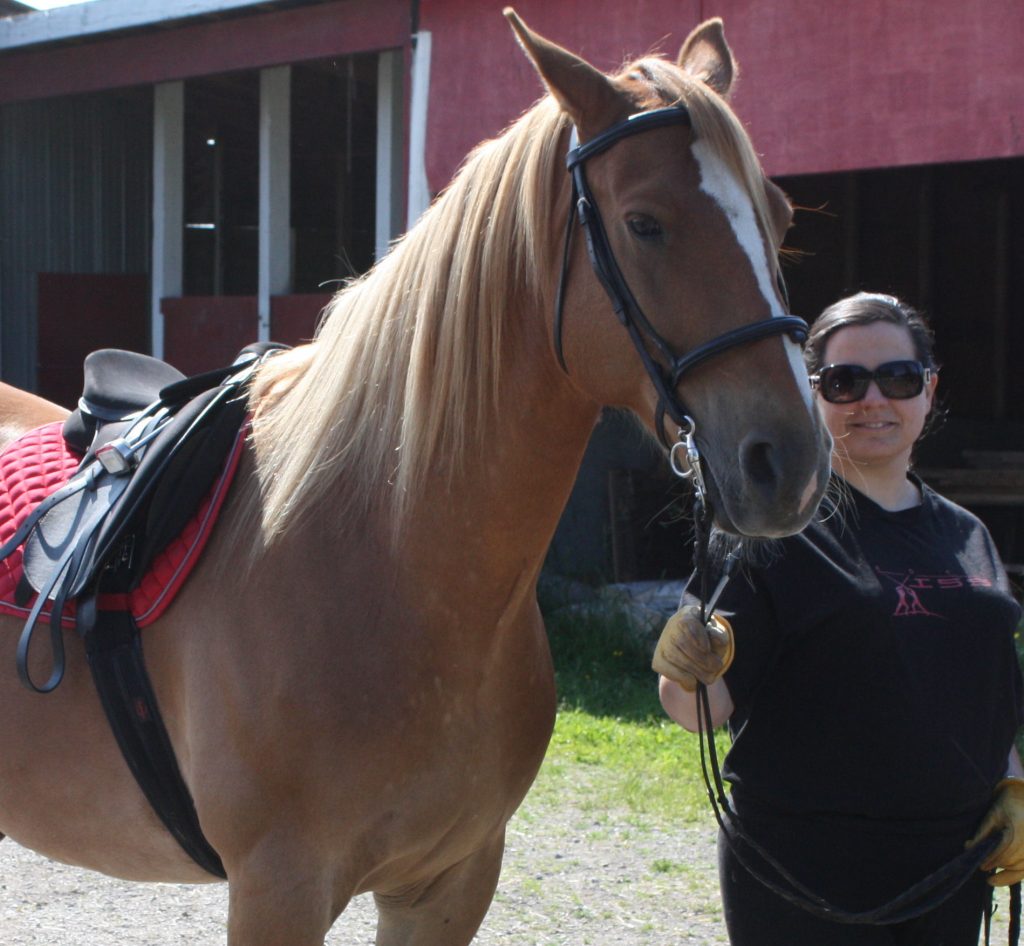

How's your horse sense? Be sure to demonstrate safety and common sense when working around 1000 lb animals by correcting these common errors.
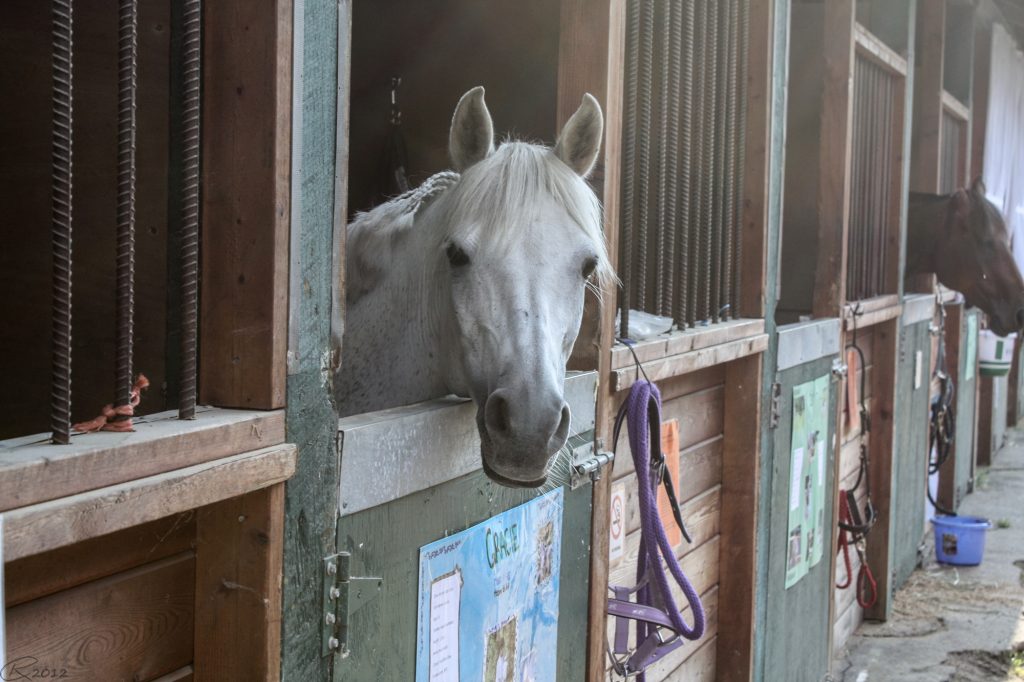
Horsemanship Level 1: Stabling Aside from food, which was covered in last week’s post, a horse needs shelter and security. These topics are both covered in the linked blog posts. For the Horsemanship 1 test we ask about Stabling: needs and habits of the horse Along with reference to food, secure fencing, and shelter, we…
Read More... from A Stable Situation: needs and habits of the horse
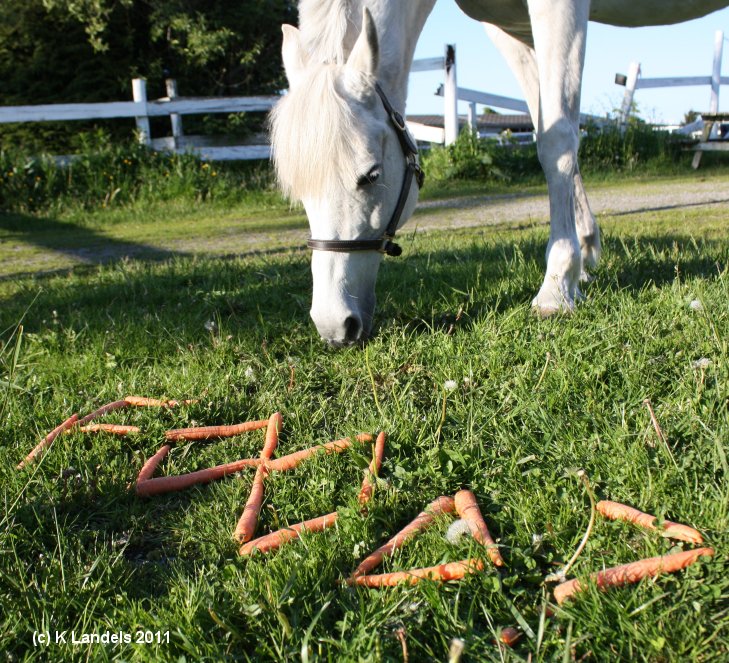
Horsemanship Level 1: Basic Feeding First of all, go and re-read this post on my own blog, which covers basic feeding. There is an entire science to equine nutrition, but for Horsemanship level 1 test we ask specifically about: Basic feeding: succulents, grain, roughage & water And here are the short answers we’re looking for.…
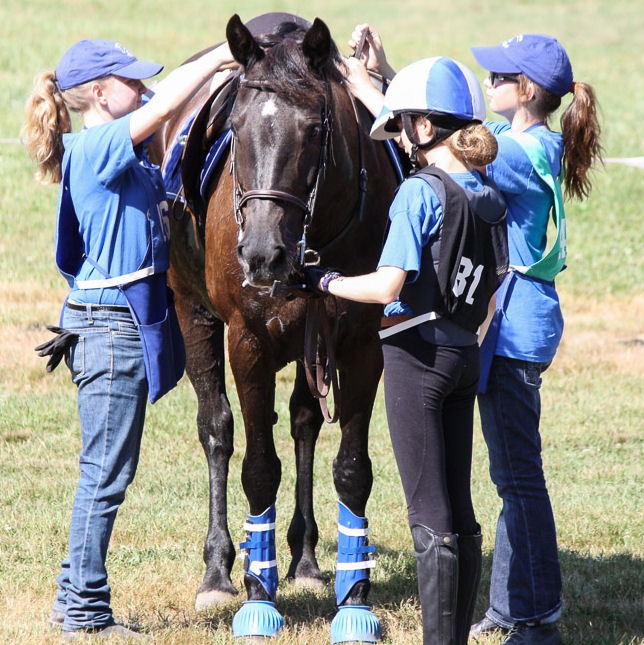
Horsemanship Level 1: Untacking After your ride, the work’s not done. All that tack has to come off and your horse needs to be groomed again. The next part of our Horsemanship Level 1 checklist is Untack & clean bit Once more we’ll join Ali & Noah, for a great video: Although quite complete for…
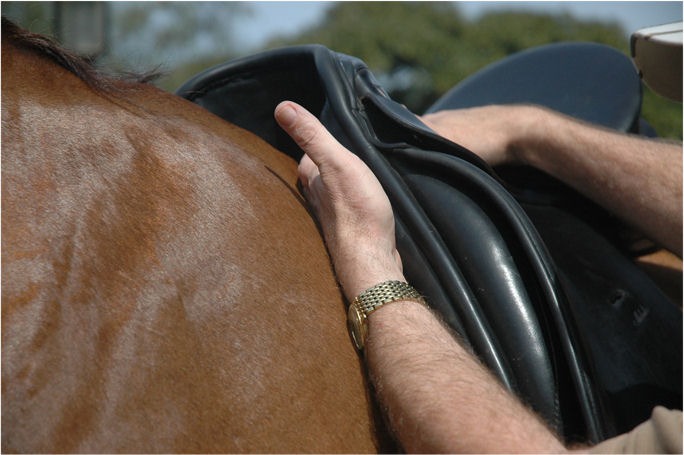
Now that we know the names of all those pieces of leather and metal that make up a horse’s tack, we need to know how to put them on correctly. Tack up (may be assisted) ‘May be assisted’ means that for Horsemanship level 1 you should know the correct method of tacking up. If you…
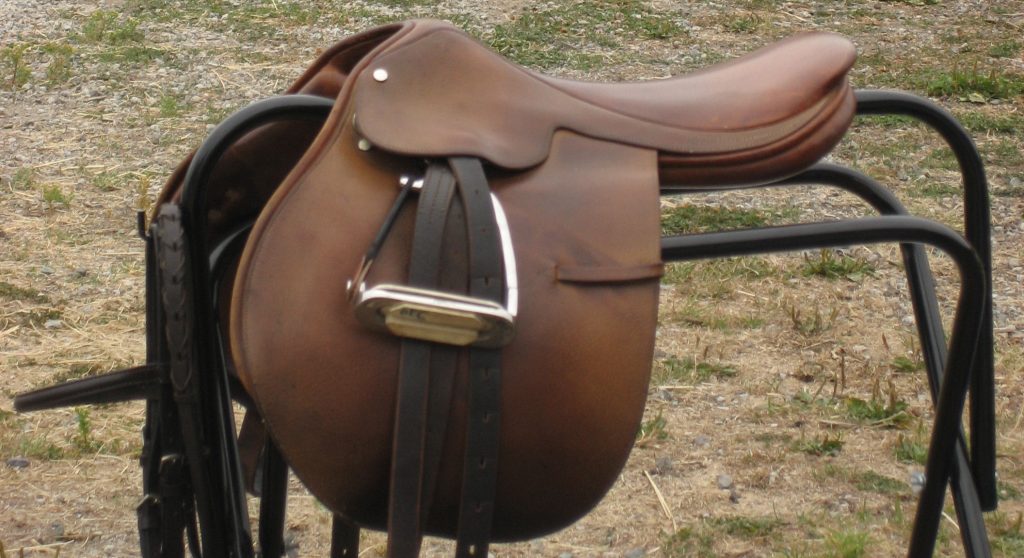
As with points of the horse, the nomenclature of the saddle and bridle varies from the obscure to the obvious. Item number 6 on the Horsemanship 1 test is: Identify simple parts of saddle and bridle Parts of the English Saddle and Bridle While it may seem a nuisance to memorize these terms, it is…
Read More... from On the Right Tack: parts of the saddle and bridle
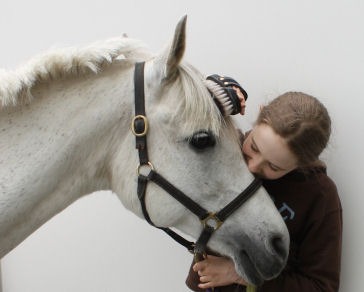
Horsemanship Level 1: Grooming Grooming the horse is one of the most important skill sets a rider needs to have. It allows you to check your horse for injuries, helps increase the circulation to his skin and muscles, prevents chafing from dirt under the tack, improves his appearance, and provides valuable bonding time. As you…
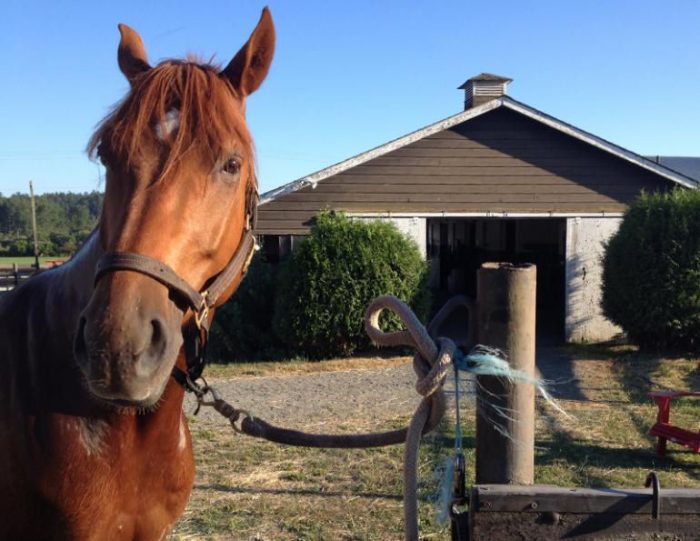
Horsemanship Level 1: The Quick Release Knot The quick release knot is item #4 on your Horsemanship Level 1 checklist. There are several methods of tying a quick release knot, and your instructor will teach you the most simple way. For your assessment we don’t mind which one you use as long as it tightens…
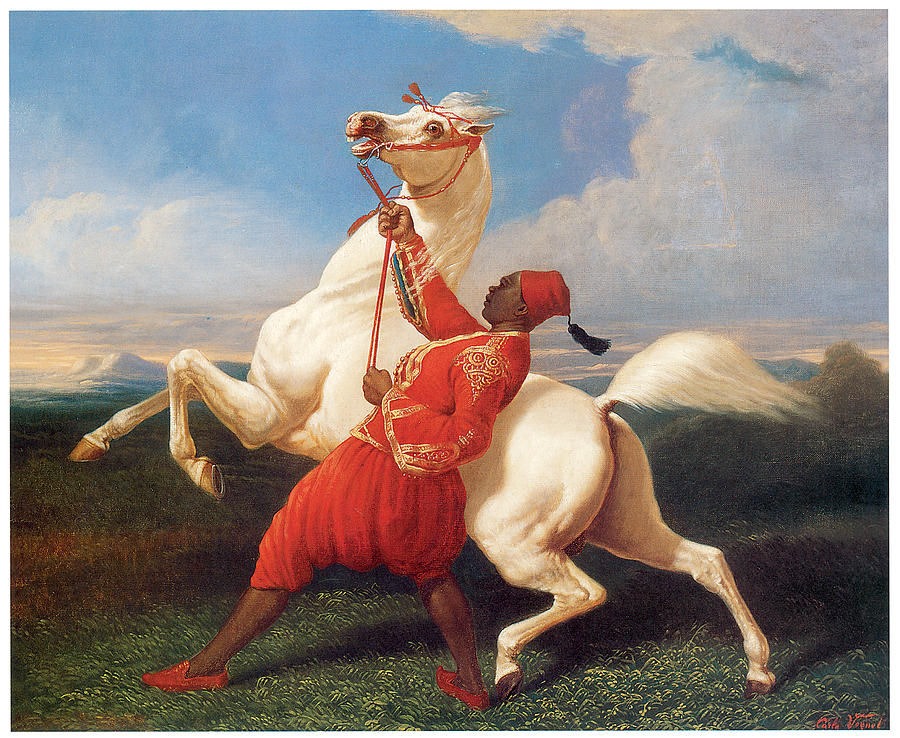
Horsemanship Level 1: Leading a Horse Having caught and haltered your horse, the next step is: Lead horse out of stall or paddock, lead at the walk There is a surprising lack of good videos on this very simple topic. The best I found was this: The handler in this video is careful to walk…
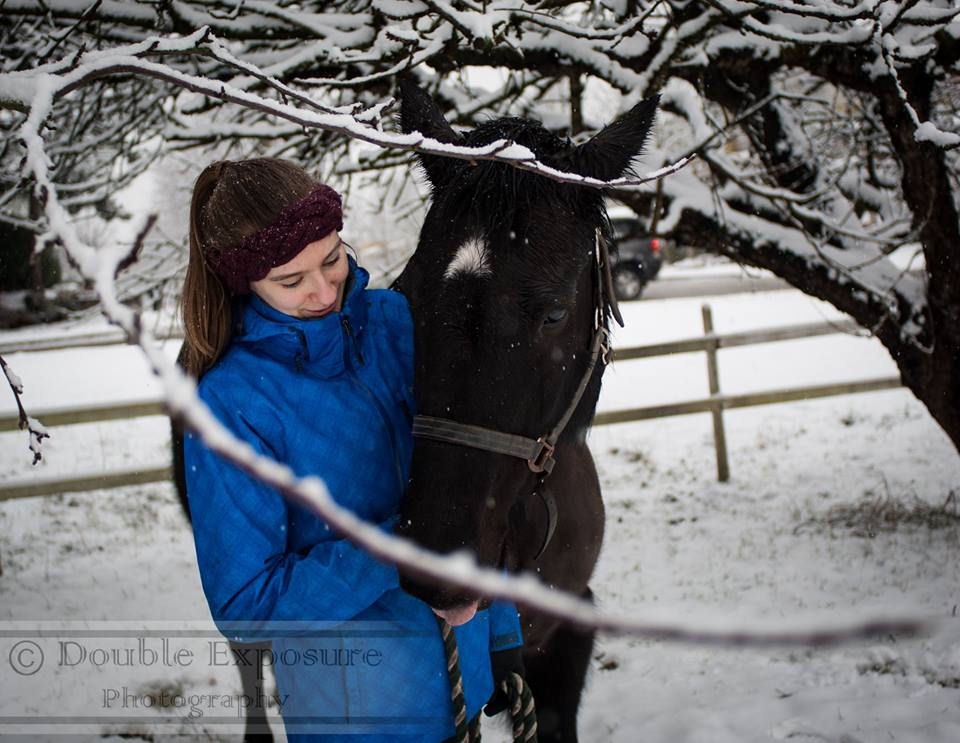
The second in the Horsemanship Level 1 series covers the dos and don'ts of catching a horse.
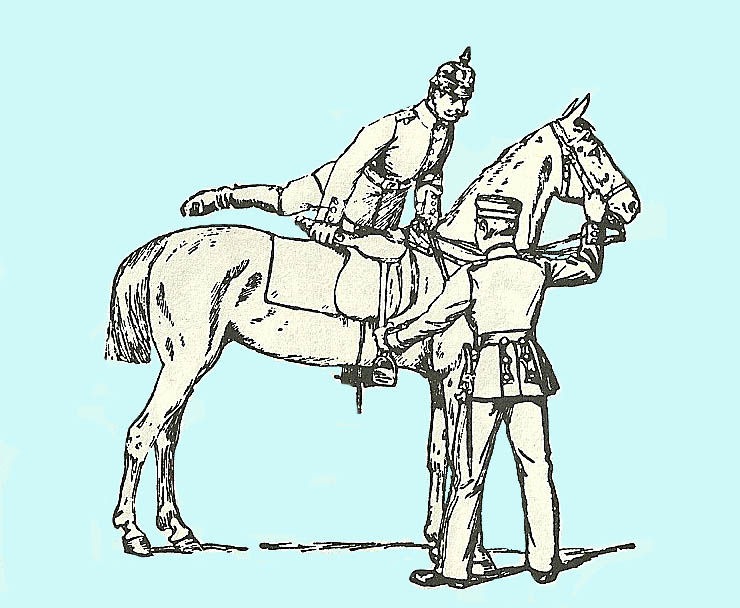
It's been about seven years since the first Horsemanship Level 1 blogs, so its time for an update. Even if you already have your Horsemanship 1 it is worthwhile reviewing this material, as subsequent levels are all built upon this foundation. The first item on the Level 1 checklist is: identify colour, near and off side, and twenty simple parts of the horse.
Read More... from Off side! Navigating your way around a horse
The final item on Horsemanship 1 checklist is: 11. Demonstrate safety and common sense when working around horses This is something our examiners make note of during the whole of the horsemanship assessment. We want to see that you are calm, confident, and sensible while handling your horse. Most candidates are very good at staying…

Aside from food, which was covered in last week's post, a horse needs shelter and security. These topics were both covered in previous posts (see links). For the Horsemanship 1 test we ask about 10. Stabling: needs and habits of the horse Along with reference to food, secure fencing, and shelter, we want to see…
Read More... from A Stable Situation: needs and habits of the horse

There's a lot of news and fun stuff this week, so lets get the lesson over with right away, shall we? Basic Feeding First of all, go and re-read this post from January, which covers basic feeding. There is an entire science to equine nutrition, but for Horsemanship level 1 test we ask specifically about:…
Congratulations & Thanks! Before getting to our weekly topic I’d like to thank everyone who lent a hand at the work party on Sunday. We got an great start on Jack-proofing our fences, replaced several posts, built and installed two gates, and hauled those logs out to the back field to start building new cross…
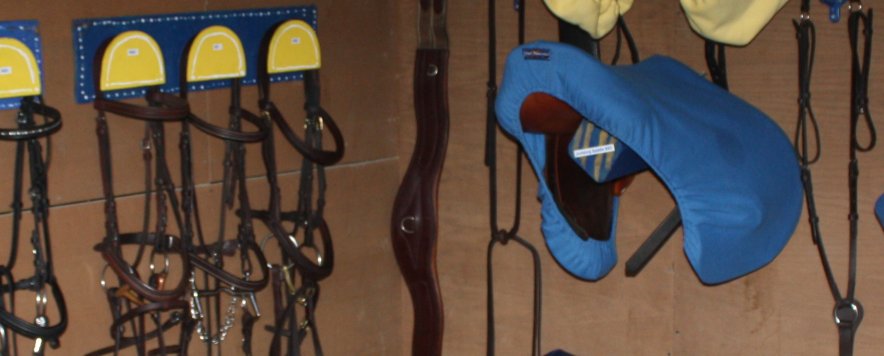
Now that we know the names of all those pieces of leather and metal that make up a horse's tack, we need to know how to put them on correctly. 7. Tack up (may be assisted) 'May be assisted' means that for Horsemanship level 1 you should know the correct method of tacking up. If…
As with points of the horse, the nomenclature of the saddle and bridle varies from the obscure to the obvious. Item #6 on the Horsemanship 1 test is: Identify simple parts of saddle & bridle While it may seem a nuisance to memorize these terms, it is fairly important to know your billet strap from…
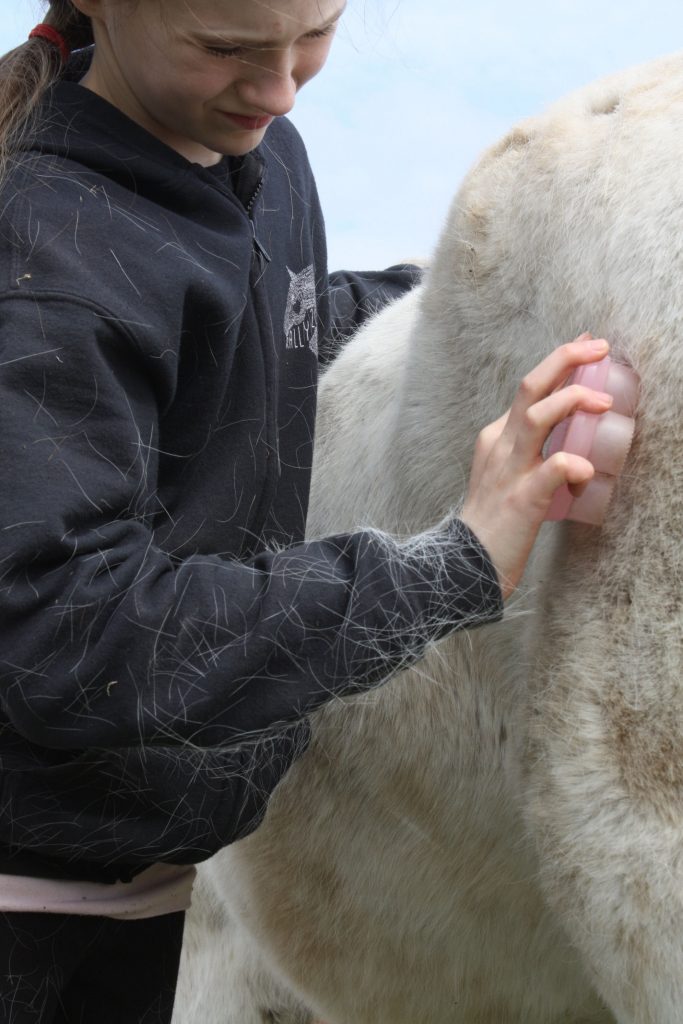
Grooming the horse is one of the most important skill sets a rider needs to have. It allows you to check your horse for injuries, helps increase the circulation to his skin and muscles, prevents chafing from dirt under the tack, improves his appearance, and provides valuable bonding time. As you progress through your Horsemanship…